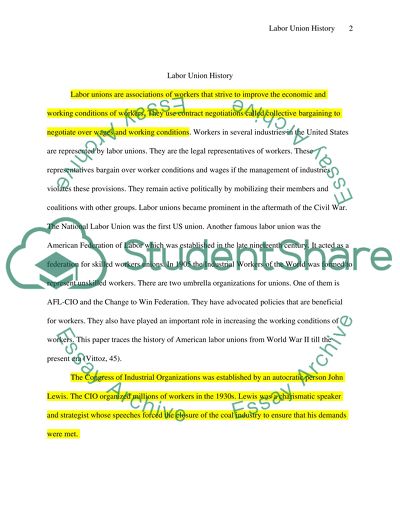Cite this document
(Labor Union History Report Example | Topics and Well Written Essays - 1750 words, n.d.)
Labor Union History Report Example | Topics and Well Written Essays - 1750 words. https://studentshare.org/history/1523049-labor-union-history
Labor Union History Report Example | Topics and Well Written Essays - 1750 words. https://studentshare.org/history/1523049-labor-union-history
(Labor Union History Report Example | Topics and Well Written Essays - 1750 Words)
Labor Union History Report Example | Topics and Well Written Essays - 1750 Words. https://studentshare.org/history/1523049-labor-union-history.
Labor Union History Report Example | Topics and Well Written Essays - 1750 Words. https://studentshare.org/history/1523049-labor-union-history.
“Labor Union History Report Example | Topics and Well Written Essays - 1750 Words”. https://studentshare.org/history/1523049-labor-union-history.


